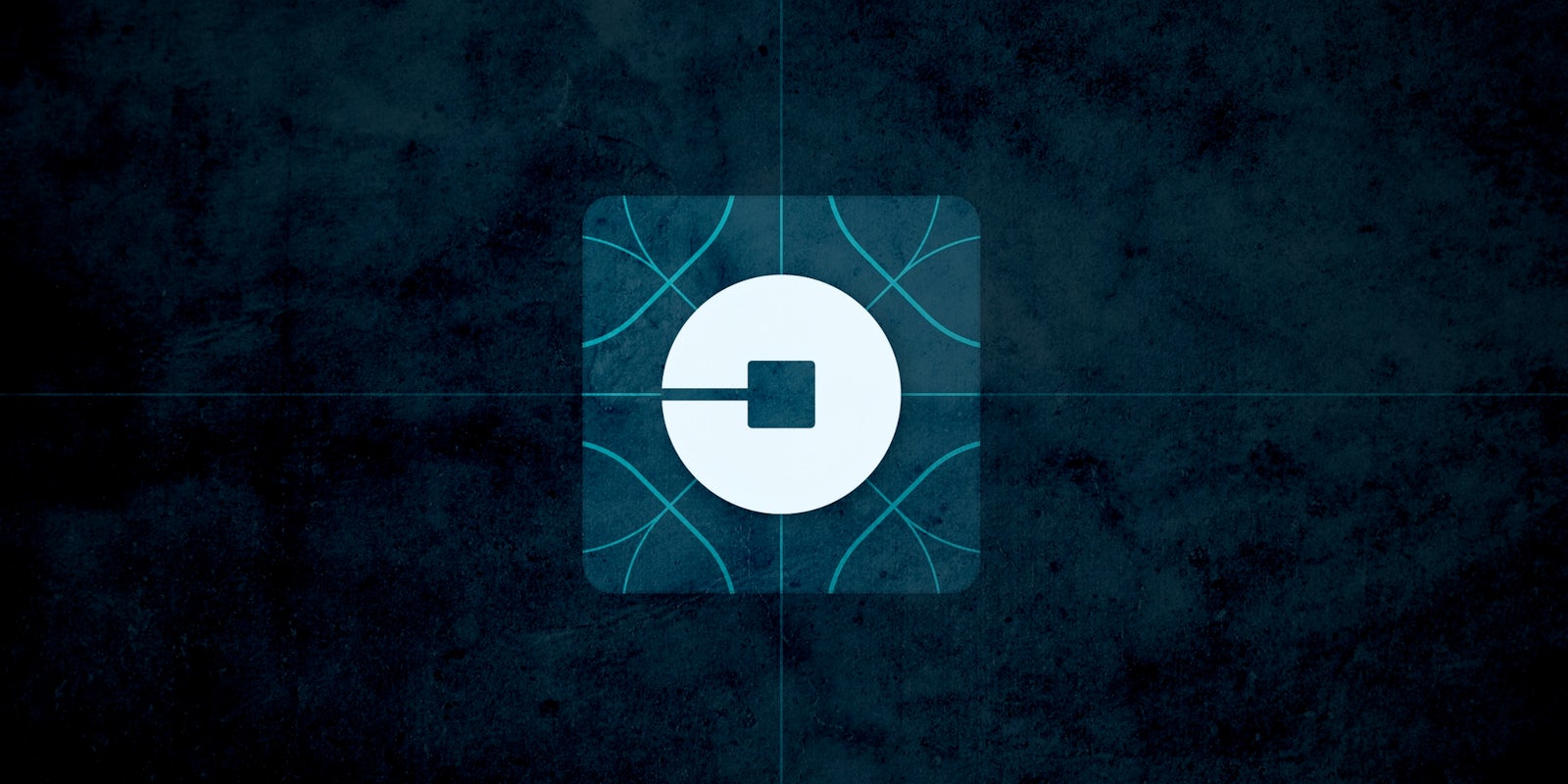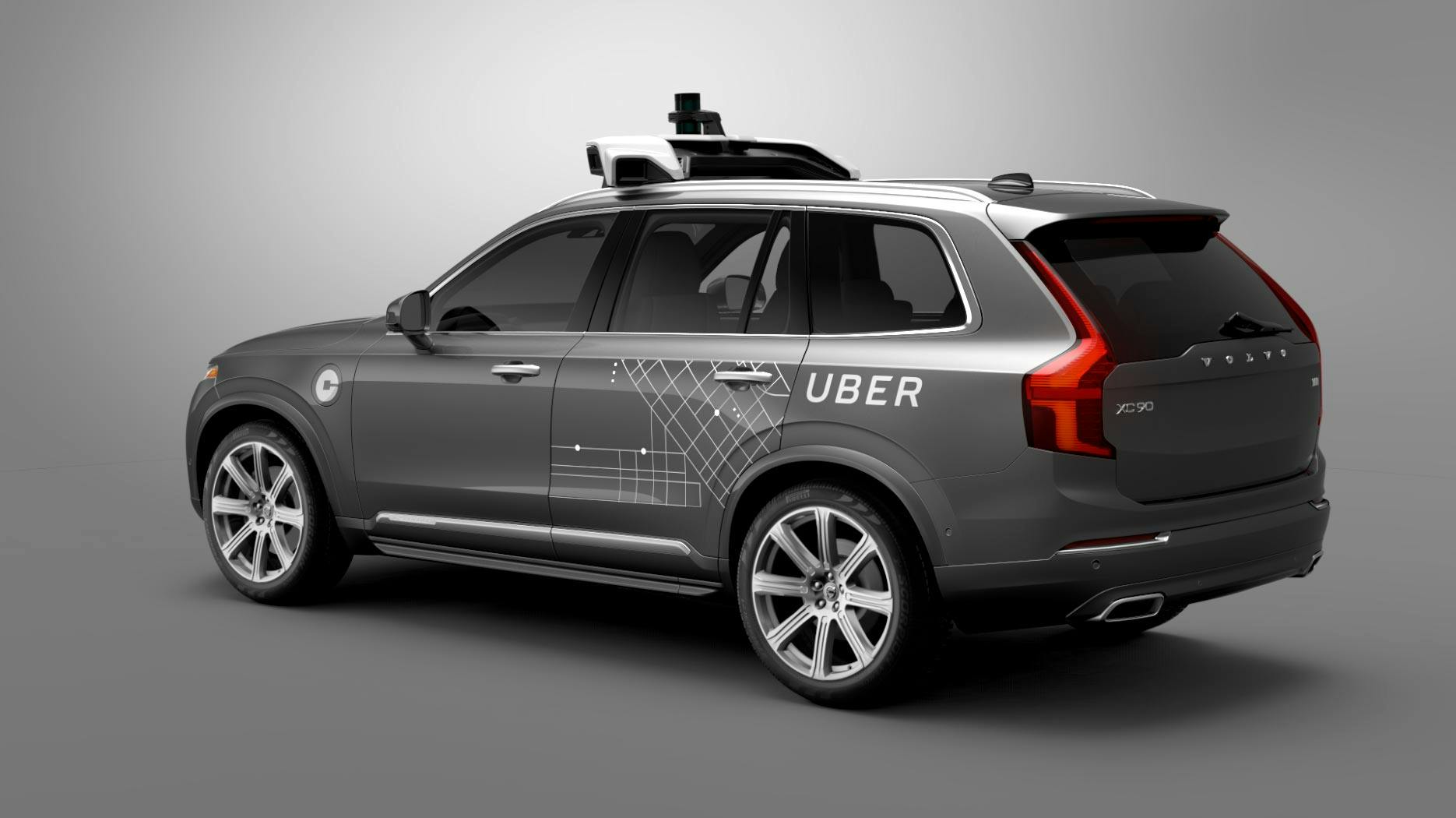Uber’s plan to eliminate human drivers and let riders summon robots is one step closer to reality. Later this month, self-driving cars are hitting the road in Pittsburgh, and passengers will be able to hail the vehicles that, for now, will have human supervisors, Bloomberg reports.
The company is kicking off the driving test in the Pennsylvania city because it’s scooped up a number of autonomous vehicle researchers from Carnegie Mellon University’s robotics program, and Uber’s Advanced Technologies Center is headquartered there.
The vehicles are modified Volvo XC90s, according to Bloomberg, and Volvo and Uber have agreed to a $300 million development deal for road-ready autonomous cars by 2021. Each SUV will have sensors, cameras, and lasers to map data and monitor surroundings as the cars roam the city. The company will reportedly have 100 of the vehicles by the end of the year.
Also on Thursday, Uber announced it acquired Otto, a startup working on self-driving trucks.
Uber began testing self-driving vehicles on the Pittsburgh streets in May, though the hybrid Ford sedans didn’t accept passengers. Instead, they drove around the city collecting information about the environment and learning how to navigate the city once people did start hopping in.
Companies are pouring money and development into cars that drive themselves; Google has long worked on autonomous tech without a steering wheel, and Tesla’s “Autopilot” is already available, though it still requires human supervision and at least one driver was killed when relying on the feature beyond its stated capabilities. Ford promised a consumer ready autonomous car by 2021, too, and this week unveiled plans for a vehicle capable of driving in cities that would likely be part of a ride-sharing service.
If you manage to snag a self-driving Uber in Pittsburgh, which are assigned to passengers at random, two people will be sitting in the front seat: a driver and an observer. Drivers are trained engineers who must be prepared to take over the wheel in case the car can’t avoid an obstacle, Bloomberg reports, and a “co-pilot” on the right takes notes while all this is happening. In the back, riders will see a tablet with visual explanations of the experiment.
Uber isn’t bringing a fleet of robots to the Steel City; cars are monitored by researchers and the test is likely going to run into hiccups as autonomous development is still in progress. It’s this level of supervision that has convinced some drivers their jobs are still safe for the foreseeable future. Over in the UberPeople.net Uber driver forums, numerous threads discussing Uber’s progress are met with skepticism and uncertainty as drivers watch their livelihoods beginning to disappear.
For now, it’s a limited test, and although Uber is making a big splash with the ability to let people ride in self-driving cars, it is by no means the only company working on the tech. As automakers and tech giants race to make cars that drive themselves, passengers and drivers are left wondering when robot commutes will be standard.
H/T Bloomberg

